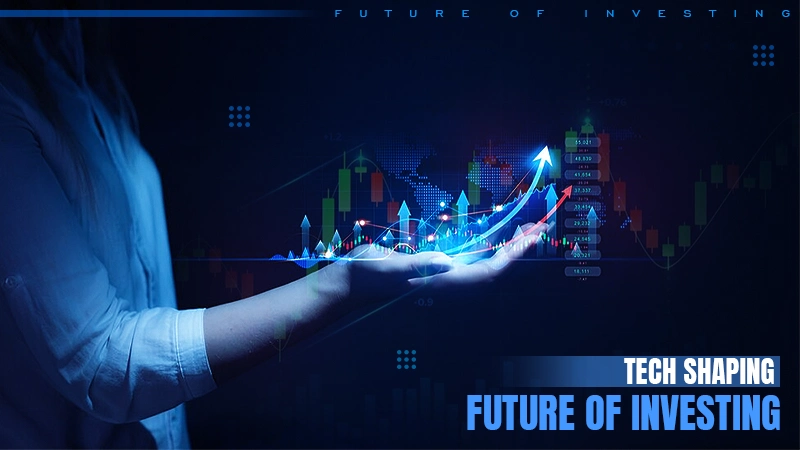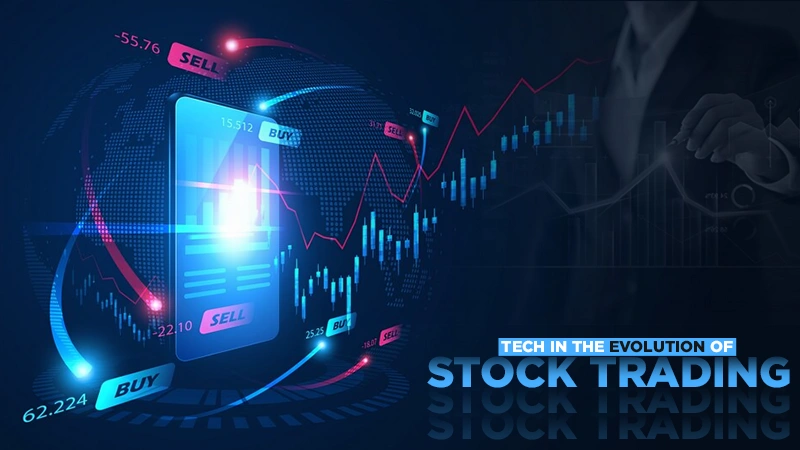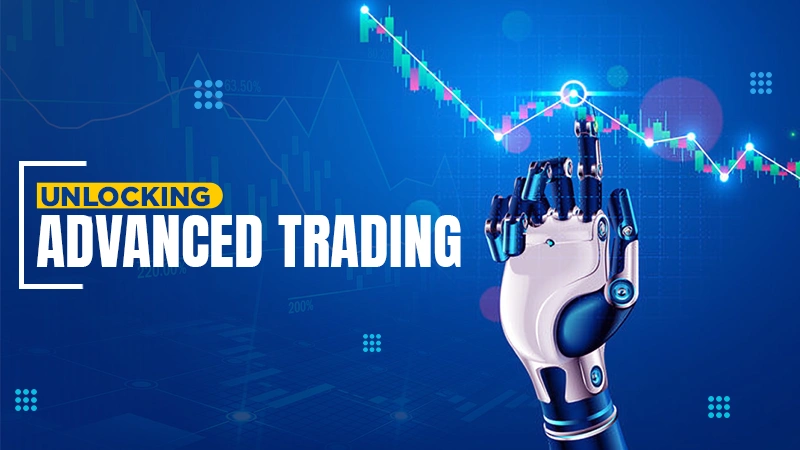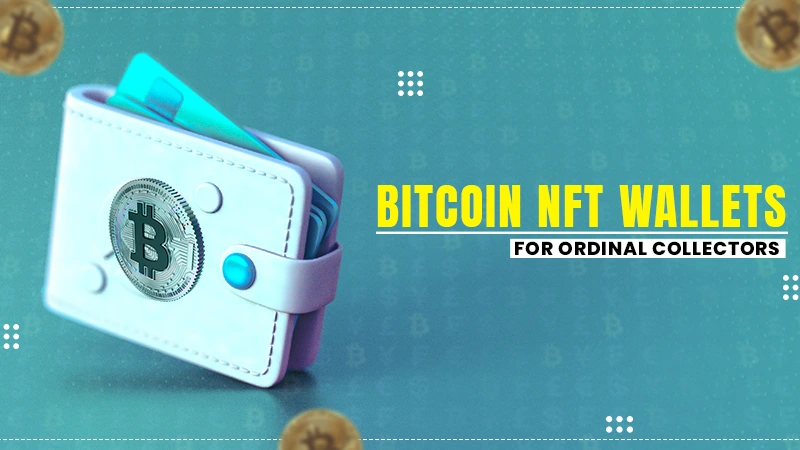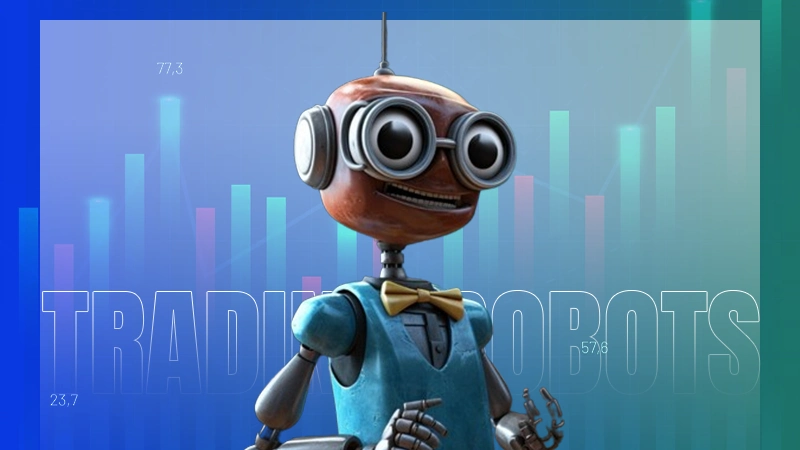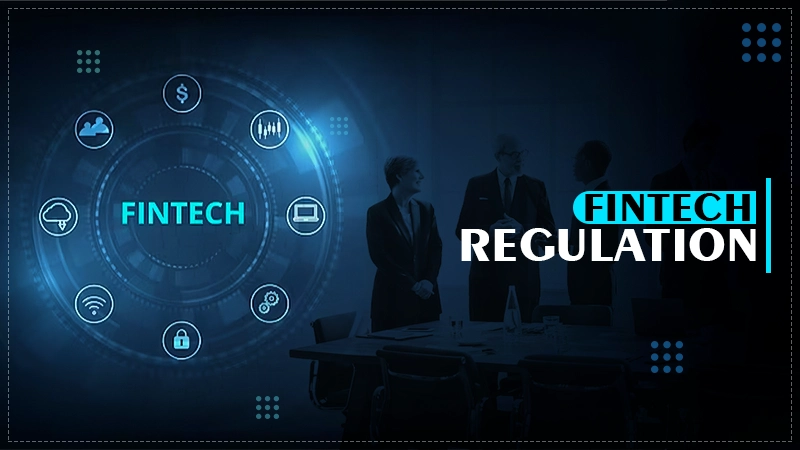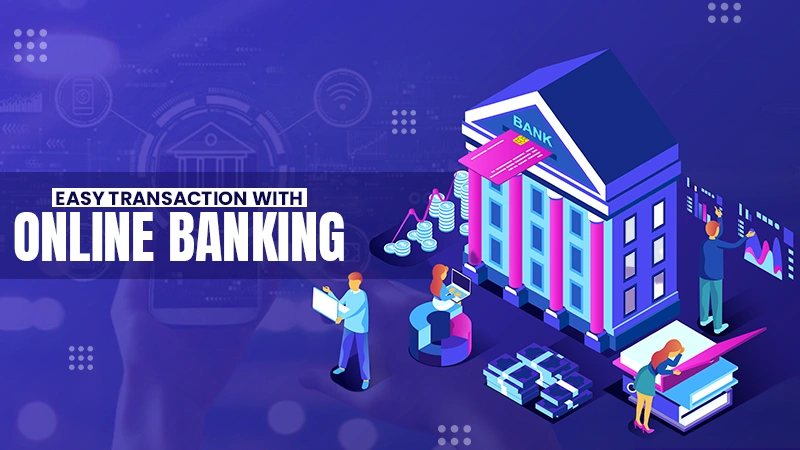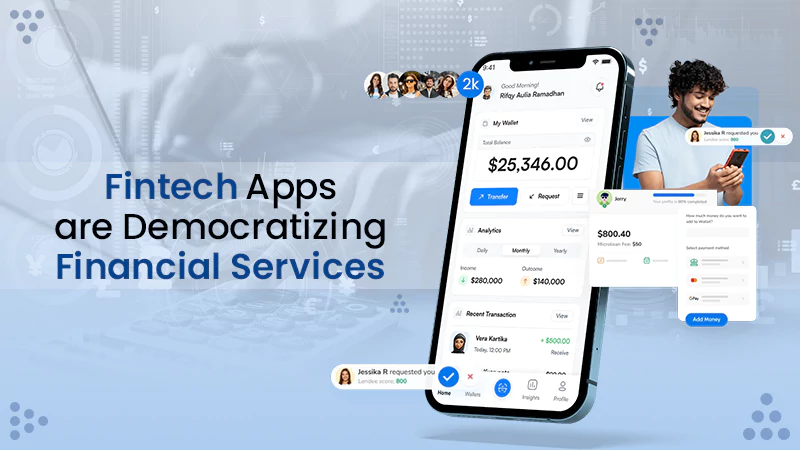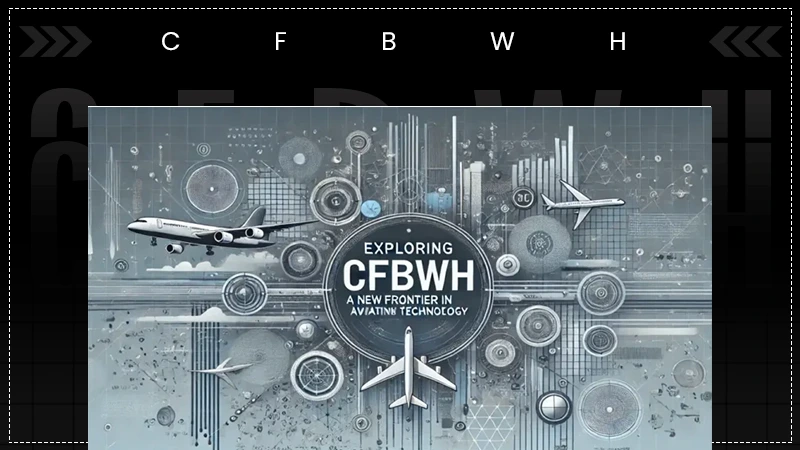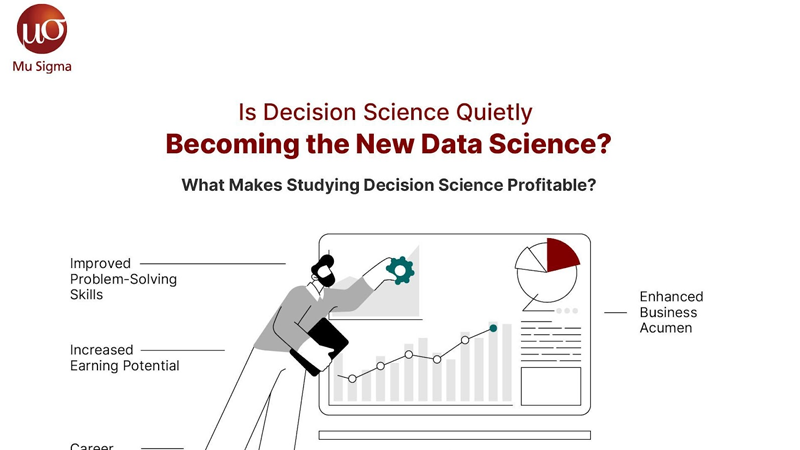Exploring the Tech Evolution of Trading Platforms
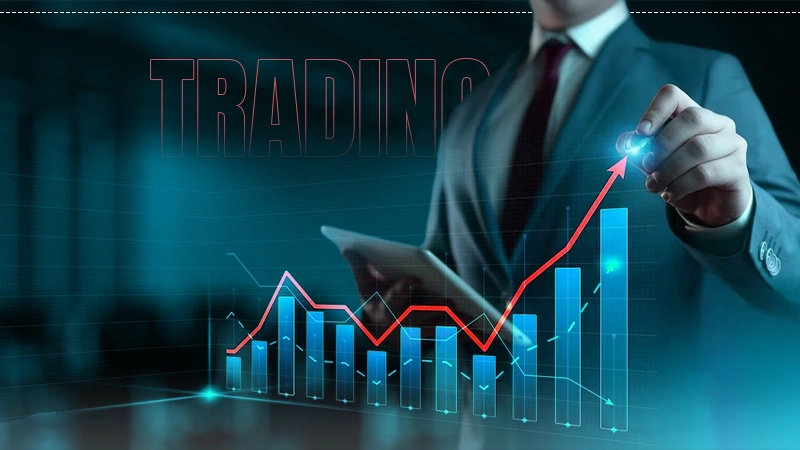
With the rapid progress of technological advancement in the last two decades, the capital market has undergone a paradigm shift.
Gone are the days when traders had to make phone calls and rely on physical exchanges to buy and sell stocks. With these platforms, people have easy access and can do trading easily.
The global online trading platform valuation is expected to reach USD 2526.41 million by 2028. Today, opening a trading account is just a click away— investors can buy and sell in the comfort of their homes.
Initially, the digitization of stock markets started with Screen-based trading only nearly a decade ago. But it has evolved now with the integration of Artificial intelligence and machine learning. If you are looking for a reliable trading platform, look no further, as WhiteBIT institutional trading platform is the solution for you.
Also, learn about Top Tech Trends in this guide. In this article, we will take you through the evolution of trading platforms, so without any further delay, let’s get started!
What is a Trading Platform?
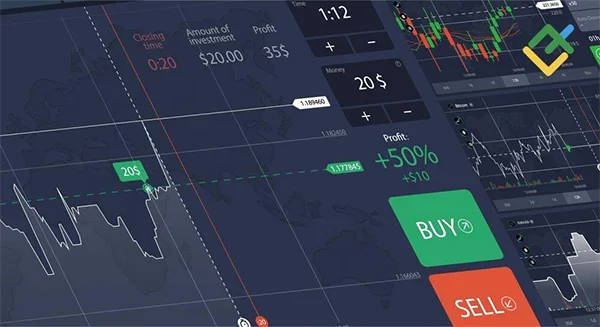
A trading platform is a digital place where traders, investors, and financial intermediaries perform activities like buying and selling stocks and exchanging bonds, commodities, currencies, and derivatives.
There are different types of trading platforms, here are the details.
- P2P trading platform: This type of platform allows traders to start trading without any need for intermediaries. Their presence is more in the cryptocurrency space, with platforms like Gemini and Paxful.
- Online trading platforms: These are online portals offered by brokerage firms to provide accessibility to retail investors of the financial markets. A few examples such as E*TRADE and TD Ameritrade provide trading in securities such as stocks, bonds, and options.
- Direct access trading platforms: These systems are specially designed for day traders who do quick transactions on a day-to-day basis. Direct access trading platforms provide direct access to the market exchanges and swift execution of trade. Some of the prominent examples are Interactive Brokers and SpeedTrader.
Advantages of Trading Platforms
Online trading platforms offer unique advantages that were inaccessible to traders some years ago. The following points state a detailed explanation of them.
- Cost-effective: Conventionally, people had to bear significant costs because of broker commissions. But, with the introduction of online trading platforms, these costs have been drastically reduced by eliminating the need for an agent.
Besides, these platforms offer trading options that too without any commission, which ultimately enhances cost efficiency.
- Control and adaptability: Trading platforms give users exceptional control over their investments. They can execute a trade quickly at their convenience, buy and sell stocks, and keep a check on market fluctuations at ease.
- Quick access to global markets: Online trading platforms allow traders to trade in real-time on any market globally. That helps in the diversification of portfolios covering multiple markets, and it also mitigates risks.
The Below stats show the global market forecasts for online trading platforms.
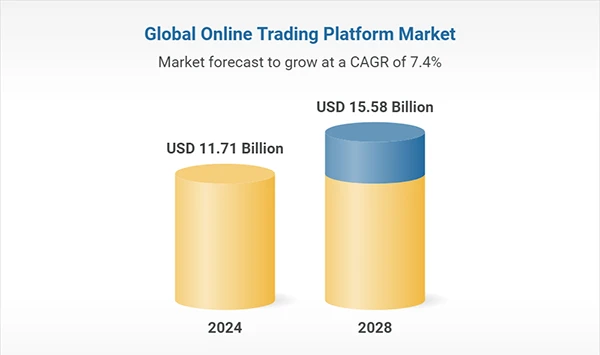
Trading Platforms: A Tech Evolution
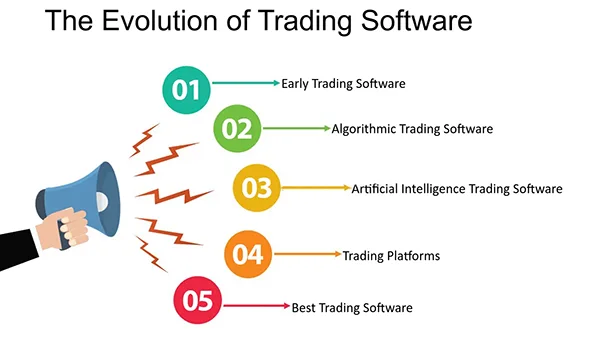
The evolution of technological trading has been an interesting journey to witness. From the earlier days of open trading on the floors to today’s completely tech-integrated electronic trading, it has revolutionized the way people trade. Further, we will give you a glimpse of how technology revolutionized trading and its impact on the industry.
Open Outcry Trading
Earlier, traders used to gather on the trading floor to interact with each other by shouting and using hand signals to buy and sell stocks, this type of trading is known as open outcry trading.
This process used to be ineffective and led to a lot of errors. The only benefit of it is that traders use it to build relationships with others to gain market insights. However, as technology progressed, this procedure became obsolete.
Electronic trading
In the late 1990s, open outcry trading was replaced with electronic trading. This allowed traders to use computer networks for buying and selling commodities electronically.
It is a swift method and more efficient, plus the chances of errors are less than outcry trading. With electronic trading, traders can have access to markets globally for executing trading activities. Today, it has become a standard method.
High-Frequency Trading
High-frequency trading uses algorithms for buying and selling commodities with speed. With this method, traders can execute trades within milliseconds and can take advantage of small fluctuating price movements.
However, it has some downsides as well, because of the concern about market manipulation and fairness. It has been argued that this method made the market more volatile and less stable.
Did you know?
California Spawned the Idea of Bull & Bear Markets.
Integration of Blockchain Technology
In the last few years, blockchain technology has gained immense popularity. This technology is a type of distributed ledger system that offers secure and transparent regulation of transactions.
It can eliminate the need for a broker, which can significantly reduce the cost of trading. In addition, blockchain technology can also improve the speed and efficiency of the settlement process.
However, adoption of it has been slow due to technological and regulatory challenges. As more and more people are going for cryptocurrencies, trading comes up with its own set of problems.
The volatile nature of digital assets needs reliable and secure trading platforms. On the other side, incidents such as Bitcoin halving countdown, or sometimes the approval of Bitcoin ETFs by the institutional authorities affect the growth of assets.
Artificial Intelligence
Artificial Intelligence (AI) is rapidly incorporated into various procedures to make things work faster and efficiently. It makes the machines learn things and do the work of decision-making, just like humans.
It can potentially bring transition in the trading industry by providing traders with accurate insights and predictions based on available data. Not only that, but it can also automate the trading processes and reduce the risk associated with human errors.
However, there have been concerns raised about job displacements and the ethical implications of machines for trading decisions.
Future Outlook
As more and more people actively participate in the capital markets. It will further grow the number of online trading platforms, introducing new options for investments accessible to otherwise underserved markets.
New-age investors nowadays seek platforms offering one-stop solutions for all financial services. It will bring out more apps for users with various services. As we go ahead, the major emerging trend in trading platforms is the integration of Artificial intelligence-powered chatbots, facilitating new as well as expert traders’ real-time financial updates.
Conclusion
The trading industry has been rapidly gaining popularity and the demand for user-friendly trading platforms rapidly increasing. With the endless options for online trading platforms available in the market today, selecting the right one can be a complicated task.
This decision should be based on investment goals, risk tolerance, and of course experience level. This article focused on giving an overview of the evolution of trading platforms from the last few years till now.
Starting from open outcry trading and fast-forward to now, the integration of Artificial intelligence, the trading industry has seen drastic changes. We hope this article is helpful!


